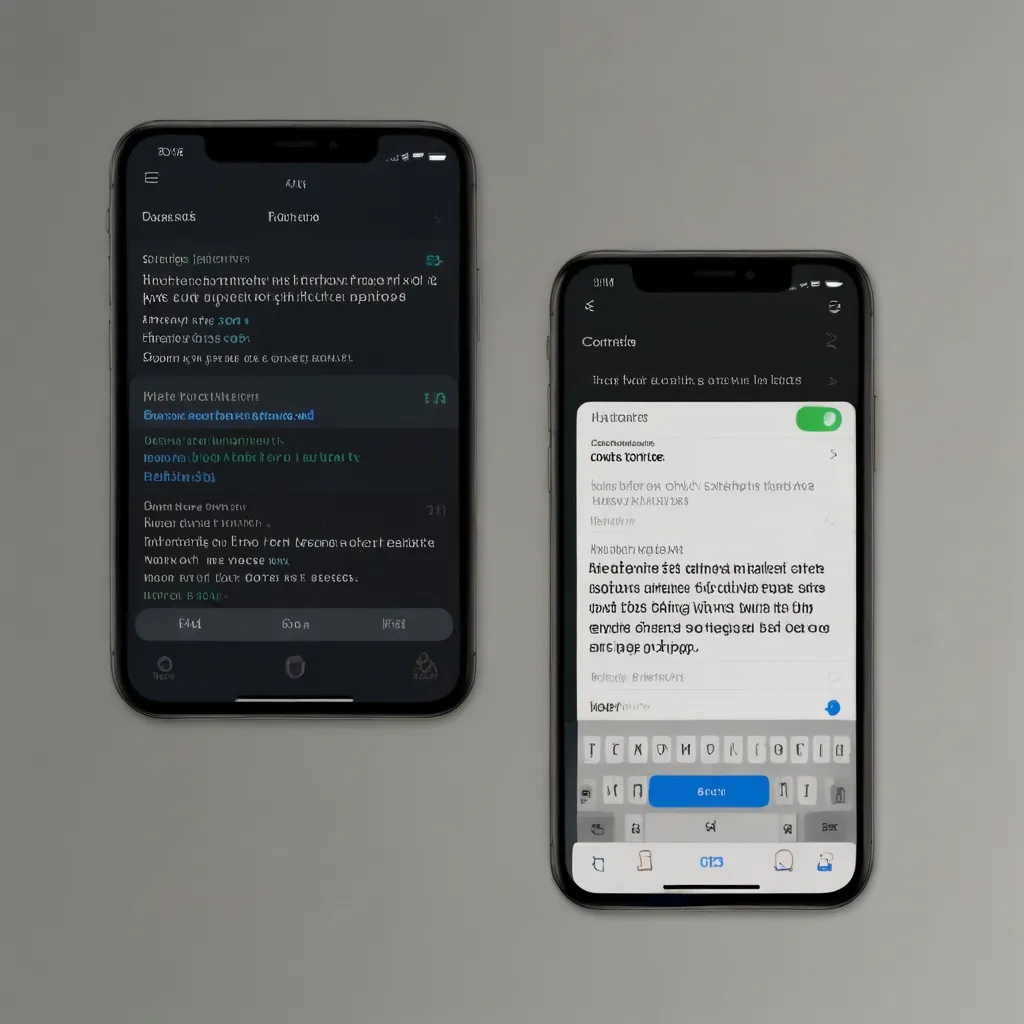Managing projects can feel like walking a tightrope sometimes, right? Saying “yes” to client requests is a classic double-edged sword. It’s awesome because it shows you’re flexible and committed to making the client happy. But, hold on, it can also throw everything off track, bumping up costs and pushing deadlines if not handled like a pro. So, let’s figure out how to navigate these tricky waters while keeping our project goals crystal clear.
First off, when a client throws an out-of-scope request your way, blowing them off is a no-go. They need to feel heard. Instead of a blunt “that’s not in the contract,” go with something like, “Thanks for bringing this up! I’d love to help out. This task isn’t in our current contract, so can we set up a meeting to discuss how to best achieve what you need?” See, it’s all about opening a dialogue and showing appreciation.
Next, get that meeting on the calendar. This sit-down is vital. You need to fully understand what they want and how it affects your timeline and budget. Sometimes, what they’re asking for might actually fit within your project’s scope but isn’t clear at first. This meeting can help clear up those fuzzy details and set things straight.
Once you agree to tackle the client’s new request, draft up a change order. Think of it as a mini-contract within the broader contract. It lays out the new task, how it changes everything (like budget and timeline), and any extra costs or resources needed. For example, if they need an additional firewall installation, detail what that involves, any extra charges, and timeline adjustments. Have them sign off on this change order so everyone’s on the same page.
Now, with the change order approved, it’s time to refresh your project documents. Update everything—discovery docs, milestones, sprint plans, and resource allocation. Make sure your team knows what’s changed so there are no surprise curveballs later down the line.
Billing is huge when handling out-of-scope requests. Be upfront about how you’ll charge for the extra work, whether it’s hourly or a fixed fee. Clear, transparent billing not only builds trust but also gives the client a detailed record of what’s being done. Nobody likes surprises when the invoice lands.
On the legal front, handling requests means paying attention to your contract details. For example, if you’re issuing a request for proposals (RFPs), make sure it’s thorough and clear. Badly written RFPs can lead to legal problems and mixed signals. In some places, just issuing an RFP can be seen as a binding contract, so dot your i’s and cross your t’s to avoid gritty legal issues.
One crucial thing to keep in mind is separating expectations from agreements. Expectations can be a minefield, but clear, written agreements set solid ground rules. When a client asks for something, make sure it’s transformed into a clear agreement. This eliminates misunderstandings and keeps things professional and respectful.
To create these solid agreements, make your requests crystal clear. Reflect on what’s needed, what you’re feeling, and how to meet those needs professionally. For example, if they want additional features, say, “I get you need these features, but they’re not in our current scope. Let’s chat about how to fit them in and what that will involve.” This sets the stage for a win-win agreement.
Real-time communication is key here. Instead of pinging emails back and forth, set up a direct conversation. This real-time chat ensures everyone is heard and reduces miscommunication. You need immediate feedback and a shared understanding to move forward smoothly.
Making requests rather than having hidden expectations empowers both sides. It allows for open negotiation and mutual understanding. When making a request, you’re not imposing your will but inviting a conversation that can lead to a collaborative agreement. This two-way empowerment builds stronger relationships and leads to better project outcomes.
Remember, balancing leverage during these negotiations is critical. Define as many terms as possible when you’re in a strong bargaining position. And keep in mind, clients might use any reason to renegotiate terms after signing the initial agreement. Keeping exclusivity periods short and setting clear milestones can help maintain your position.
Sometimes, confidentiality is essential, especially with sensitive info or when working with competitors. Confidentiality agreements protect both parties’ interests and build trust throughout the project. They’re crucial in keeping sensitive data secure and maintaining professional integrity.
In conclusion, saying “yes” to client requests isn’t always straightforward. It takes careful consideration of how these requests impact your project’s timeline, budget, and resources. Acknowledge the client politely, schedule a meeting to discuss the request in detail, draft a thorough change order, update all necessary project documents, and ensure transparent billing. Remember to differentiate between expectations and agreements and have clear, real-time communication. This approach builds trust, empowers both parties, and ultimately leads to the success of your project. So, stay flexible but keep those goals in sight, and your projects will sail smoothly even through the choppy waters of client requests.






